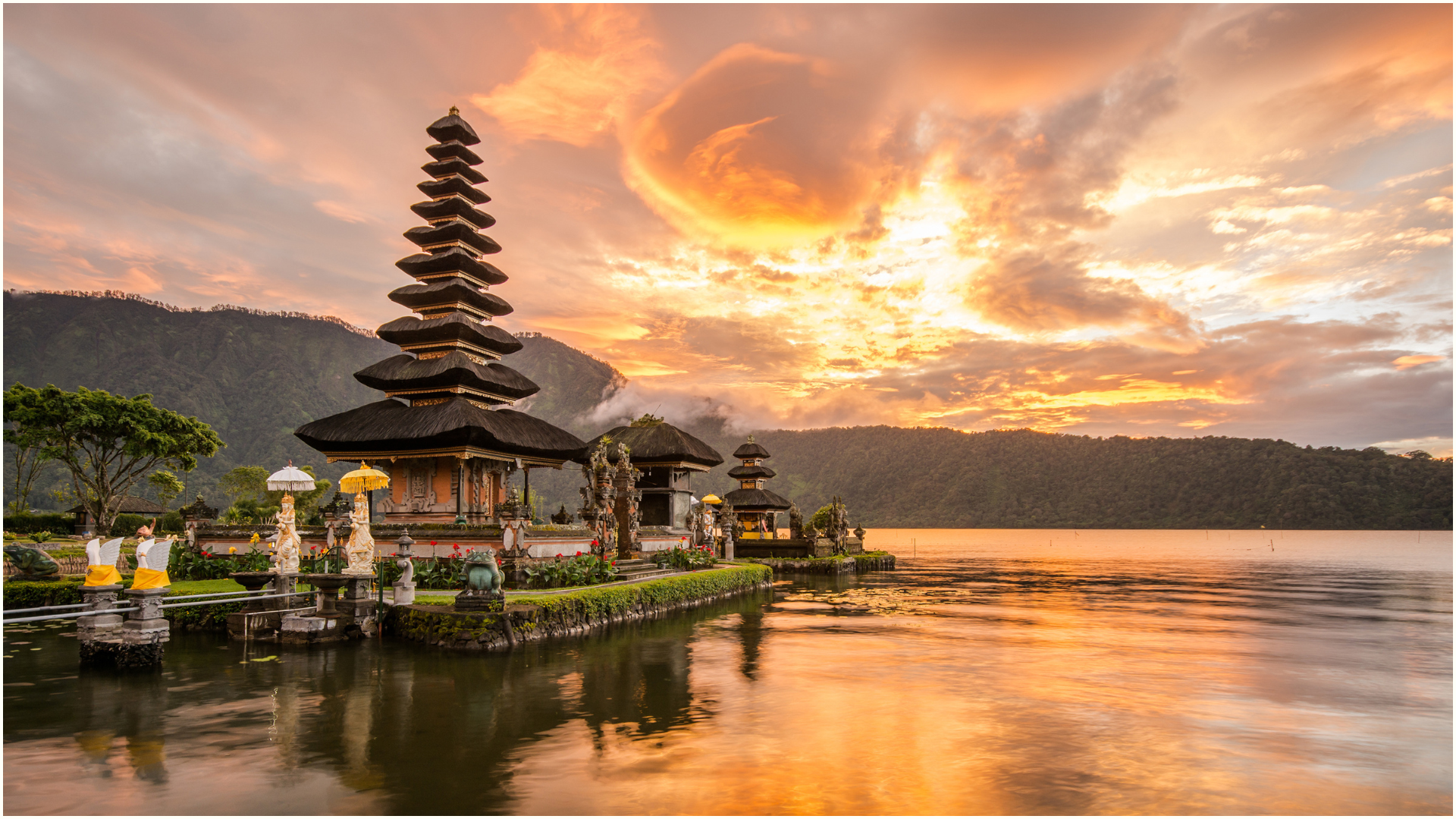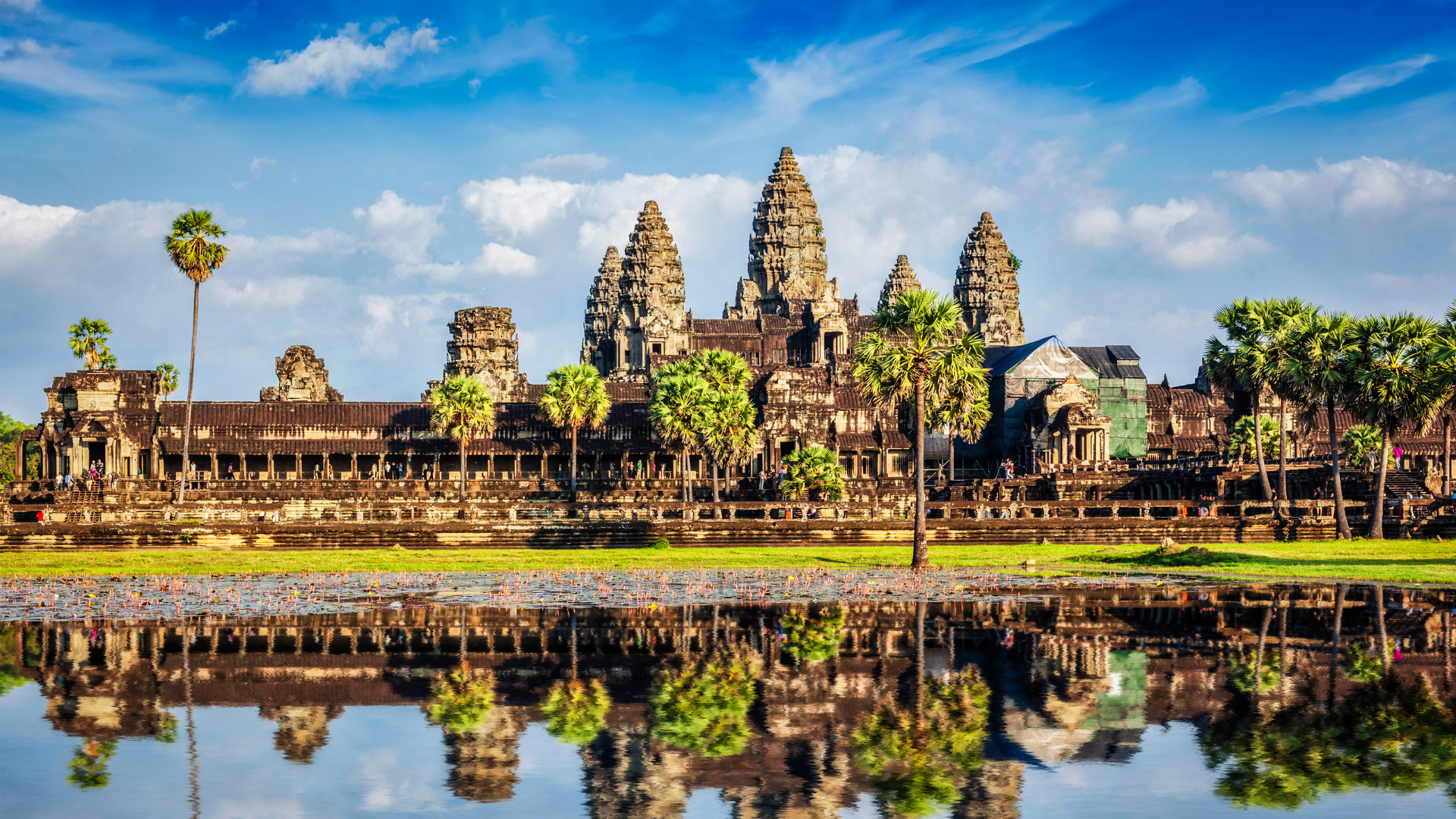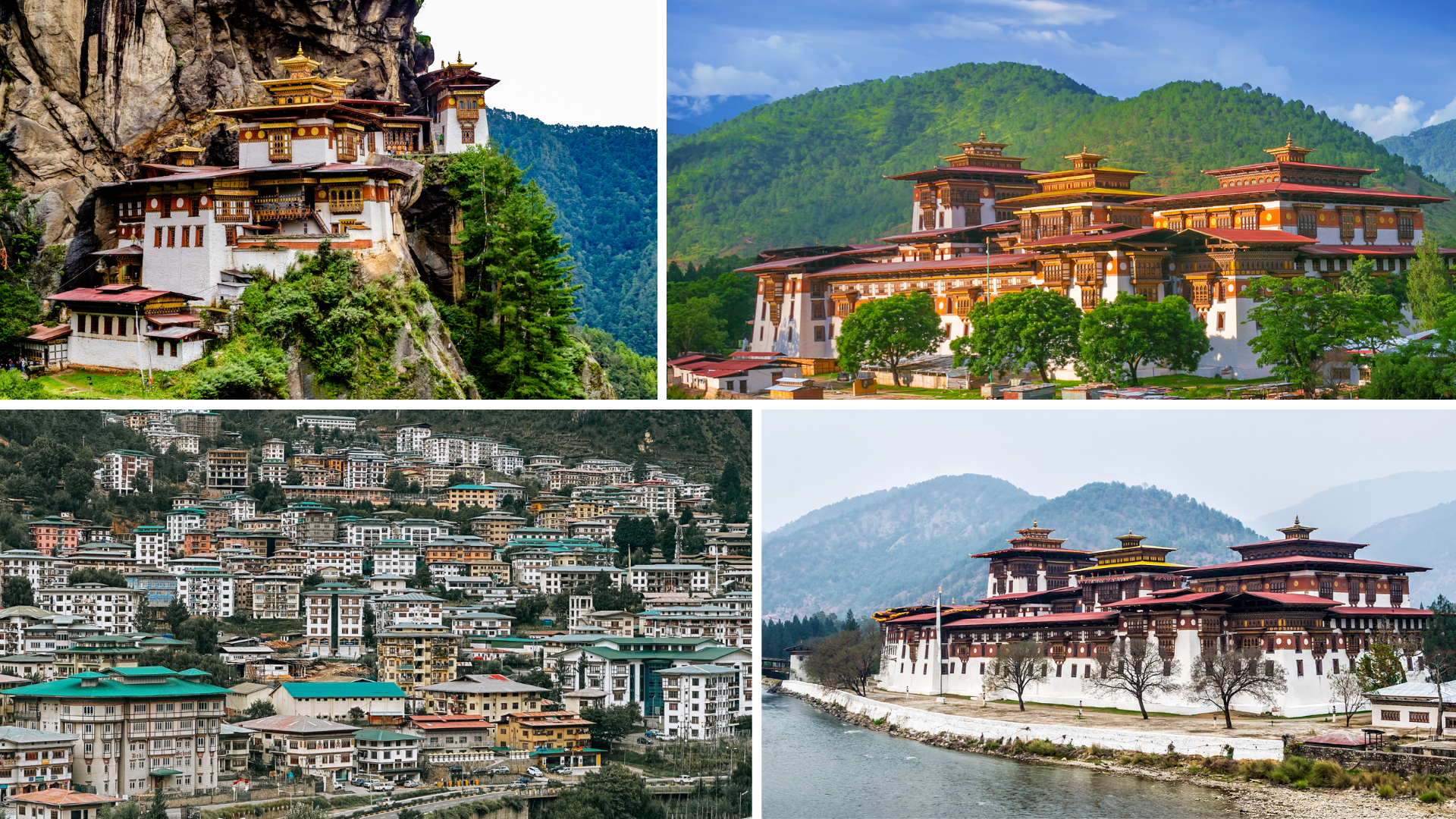Lhasa, Tibet: A Journey to the Roof of the World
Lhasa, Tibet: A Journey to the Roof of the World
Plan an authentic journey to Lhasa, Tibet—home of the Potala Palace, Jokhang Temple, and the Barkhor’s timeless pilgrim circuits. Discover sacred sites, mountain light, mindful travel tips, and immersive experiences on the Roof of the World.
Why Lhasa Captivates
Lhasa isn’t just a place—it’s a feeling. Golden prayer wheels spinning at dawn, juniper smoke curling above old-town alleys, monks debating beneath poplar trees—moments that live in the senses long after you’ve left. Set at over 3,600 meters, Lhasa blends Himalayan drama with centuries of spiritual devotion. For culturally curious travelers, it’s a city where every stone and shadow tells a story.
SEO keywords: Lhasa travel guide, Potala Palace, Jokhang Temple, Barkhor Street, Sera Monastery debates, Tibet itinerary, best time to visit Lhasa, altitude tips, Tibetan cuisine, ethical travel in Tibet.
Essential Sights & Sacred Spaces
Potala Palace: Where Sky Meets Stone
Rising in white and ochre tiers above the city, the Potala Palace is Lhasa’s defining silhouette. Inside are mural-lined chapels, labyrinthine corridors, and glinting reliquaries that bear witness to centuries of Tibetan history. Time your visit early to savor soft morning light and fewer crowds; pace yourself on the stairways, and take moments to simply breathe and feel the altitude’s gentle hum.
Jokhang Temple & the Barkhor: Heart of Pilgrimage
Follow the clockwise flow of pilgrims along the Barkhor kora to reach Jokhang, Tibet’s most revered temple. Butter lamps flicker, mantras ripple, and prostrating devotees create a rhythm of faith that fills the air. Step outside for a slow circuit on Barkhor Street—part sacred path, part market—where artisans sell prayer beads, thangka paintings, and handwoven textiles. Look for small family-run stalls; many have supplied pilgrims for generations.
Sera & Drepung Monasteries: Living Scholarship
At Sera Monastery, watch the famed monastic debates—scholars clap and pivot as they test each other’s logic in a centuries-old tradition. Drepung, once the world’s largest monastery, cascades down a hillside like a whitewashed village. Wander the courtyards, linger by prayer flags, and listen as wind threads through the chimes.
Experiences That Bring Lhasa to Life
Join a Kora at Dawn
Walk the Barkhor at first light, when shadows are long and the city is mostly silent except for murmured prayers. Move with intention—clockwise—and notice the textures: polished prayer-wheel handles, worn paving stones, the scent of incense and yak butter.
Tea House Conversations
Lhasa’s tea houses are social anchors. Order a bowl of sweet milk tea or salty yak-butter tea and strike up a conversation if invited—about family, weather, or the day’s market. It’s a gentle window into local rhythms.
Tibetan Craft Workshops
Support artisans by joining a short workshop in thangka painting basics, woodblock printing, or metalwork. You’ll gain a deeper appreciation for the craftsmanship behind the souvenirs and help sustain traditional skills.
Day Trip to Yamdrok Lake
If time and permits allow, the turquoise sweep of Yamdrok Tso is unforgettable. The lake’s high-altitude blues shift with the sky, framed by yak-dotted meadows and distant snow peaks—an elemental counterpoint to Lhasa’s spiritual grandeur.
Taste of Tibet: What to Eat in Lhasa
-
Thenthuk or Thukpa: Hand-pulled noodle soups that warm from the inside out.
-
Momos: Steamed or fried dumplings filled with beef, yak, or vegetables—perfect for sharing.
-
Shapaley: Pan-fried meat pies with crisp edges.
-
Tibetan Yogurt: Thick, tangy, often drizzled with honey.
-
Butter Tea (po cha): An acquired taste—salty, comforting, and part of daily life.
Seek out small, family-run kitchens near the old town for recipes passed down through generations. Ask before photographing people or interiors; politeness is part of good taste.
Practicalities: Travel Smoothly & Responsibly
Best Time to Visit
Late April to October offers clearer skies and comfortable days. Winter (November–March) brings crisp, dry air, fewer visitors, and luminous light—but pack for sub-zero nights.
Altitude & Health
Lhasa sits around 3,650 m. To acclimatize:
-
Take it slow your first 24–48 hours. Avoid heavy exertion and alcohol.
-
Hydrate well and opt for light meals.
-
Consider consulting a doctor about altitude medication before traveling.
-
Notify your guide if you experience persistent headache, dizziness, or breathlessness.
Permits & Ethics
Travel to Tibet typically requires special permits in addition to a China visa and often must be arranged through a licensed operator with a guided itinerary. Travel conditions and regulations can change; plan ahead and travel with sensitivity to local customs and sacred spaces. Dress modestly, follow photography rules in temples, and avoid touching prayer flags or ritual objects.
What to Pack
-
Layered, sun-smart clothing (strong UV at altitude)
-
Sunglasses and high-SPF sunscreen
-
A warm jacket for evenings year-round
-
Comfortable walking shoes with good grip
-
Personal essentials: lip balm, moisturizer, reusable water bottle
Sample 4-Day Lhasa Itinerary
Day 1: Arrival & Acclimatization
Airport transfer, gentle stroll in the old town, evening tea house. Early night.
Day 2: Jokhang Temple & Barkhor
Morning kora, Jokhang interior visit, artisan studio stop, rooftop sunset viewpoint.
Day 3: Potala Palace & Norbulingka
Timed Potala entry, quiet courtyards, picnic in Norbulingka’s garden (seasonal), local dinner with momos tasting.
Day 4: Sera Monastery & Debate
Late-morning chapels, afternoon monastic debates, optional cooking lesson or traditional medicine museum. Depart or extend to Yamdrok Lake.
Traveling with Care: Our Responsible Promise
At HA Travel, we believe meaningful travel uplifts communities. We partner with locally owned guesthouses and guides, prioritize fair wages, and curate small-group experiences that minimize environmental impact. Your journey supports artisans, protects heritage, and keeps living traditions vibrant.
FAQs
Is Lhasa suitable for families?
Yes—pace the days, keep walks short at first, and prioritize rest and hydration. Children often adapt well with a gentle schedule.
Can I photograph inside temples?
Rules vary by site and room; many chapels prohibit photography. Always ask your guide and respect signage.
Will I find vegetarian or vegan options?
Yes, especially noodle soups and vegetable momos. Communicate preferences early; at altitude, simple plant-forward dishes are common.
Plan Your Lhasa Journey
When you’re ready to meet the mountain light and the murmur of prayer wheels, we’ll design a Lhasa journey that’s intimate, respectful, and deeply memorable.
Start your tailor-made Tibet itinerary with HA Travel.
Tell us your travel window, interests (photography, crafts, spirituality, family), and comfort level—we’ll craft a route that moves at your pace.
Suggested internal links:
-
Tibet & Himalaya collection (multi-day journeys)
-
Responsible Travel Policy
-
Cultural Immersion Experiences in Asia
Primary keywords integrated: Lhasa travel guide, Potala Palace, Jokhang Temple, Barkhor Street, Sera Monastery debates, best time to visit Lhasa, altitude tips, Tibetan cuisine, ethical travel in Tibet.



.png)


